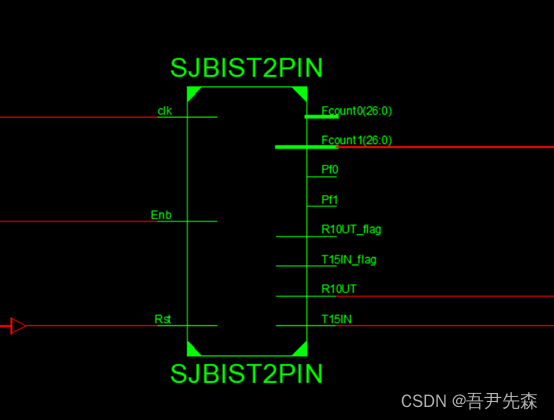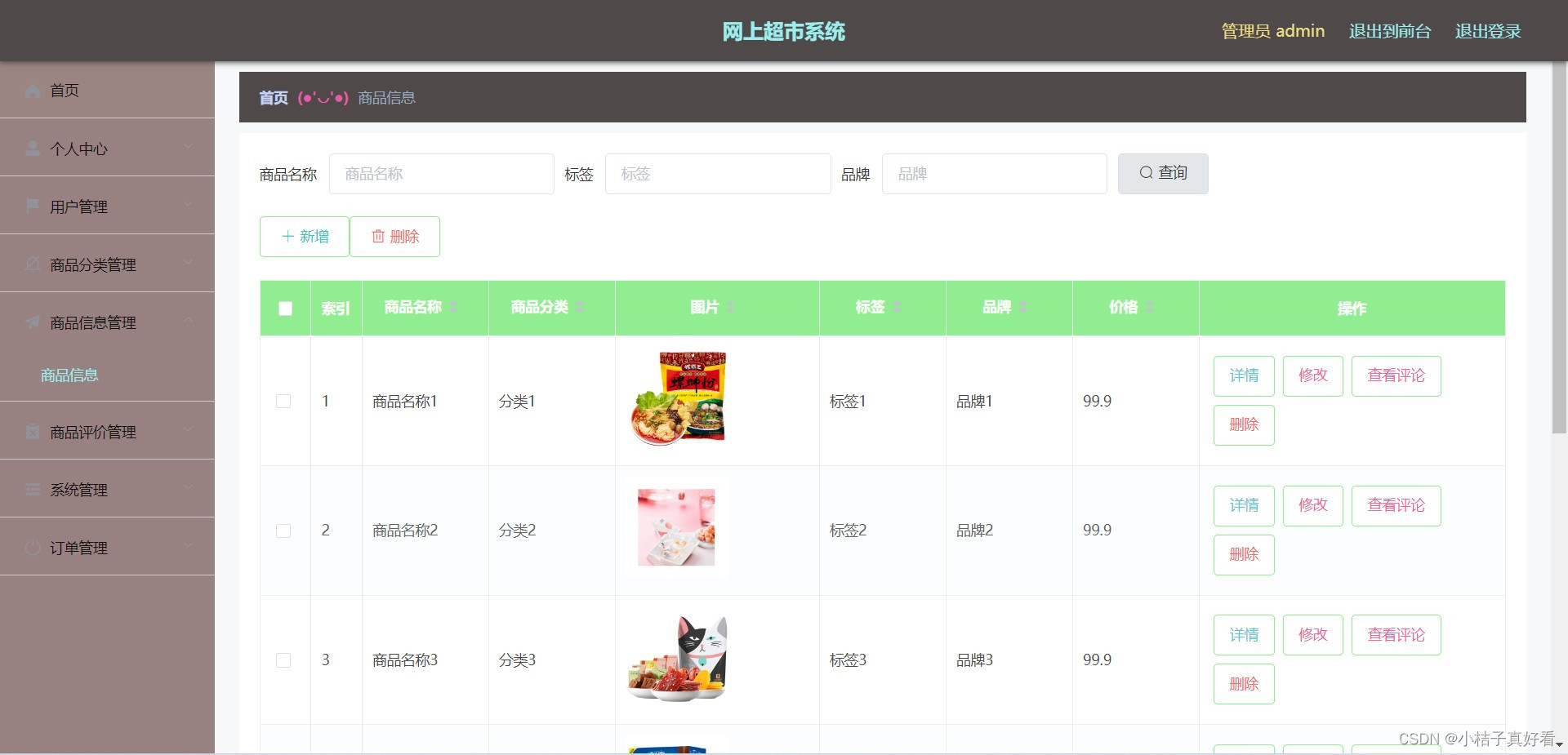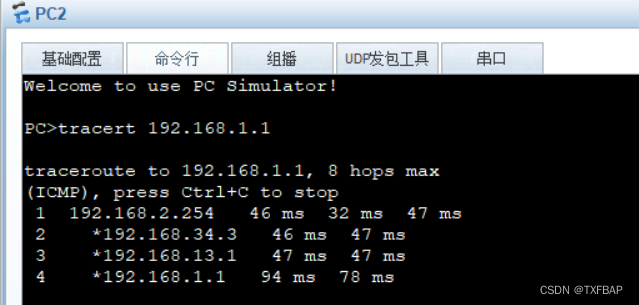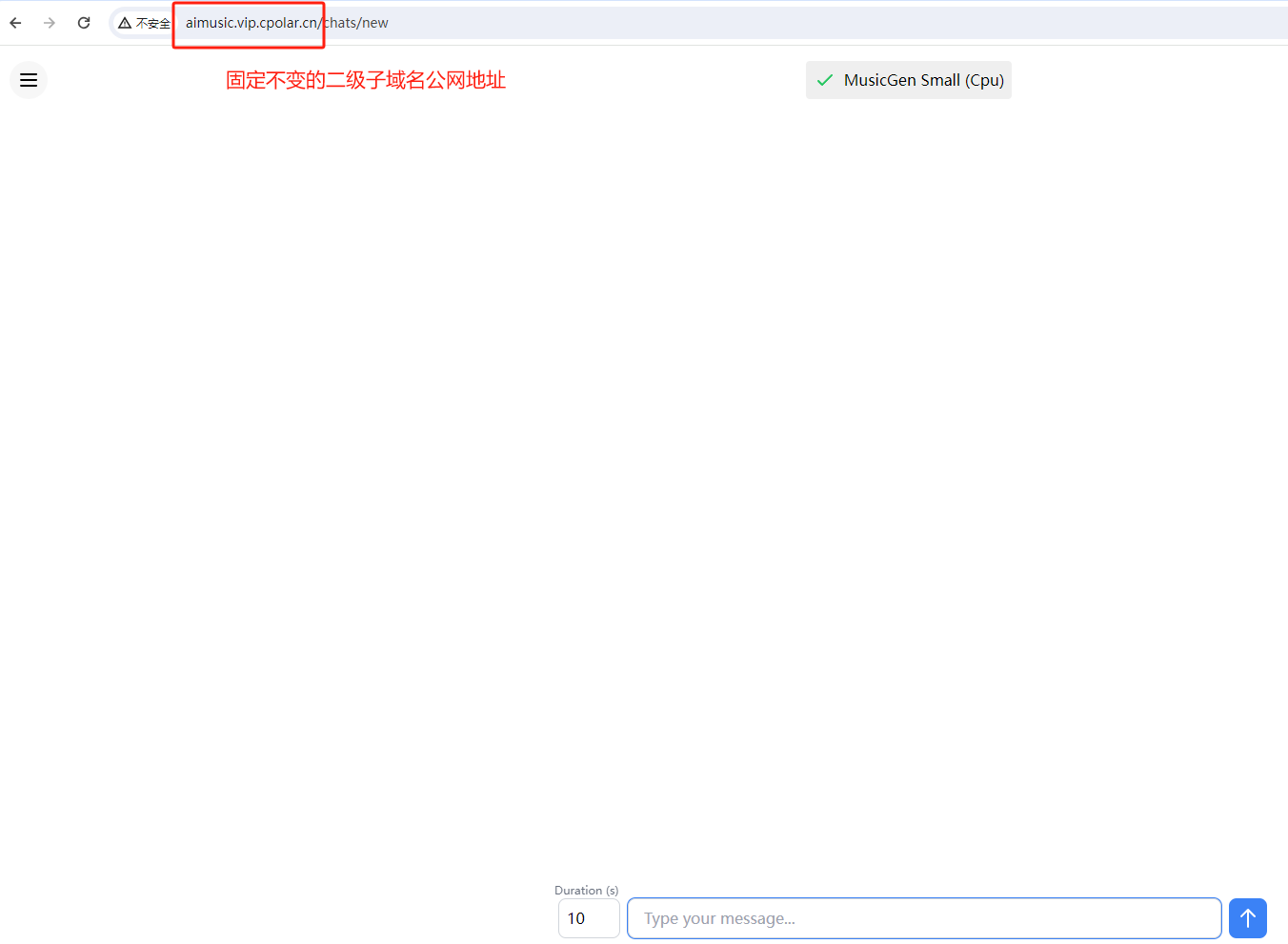1-Maven-settings配置
整理下Maven工具的使用。
【本地仓库、私服、镜像仓库、远程仓库、中央仓库】
本文基于阅读其他博客和对公司Maven配置的学习整理出来的。希望通过本此学习能对Maven有个整体性的掌控。
顺序:profile.repository > pom文件中的repository > mirror
配置文件整体结构
<settings xmlns="http://maven.apache.org/SETTINGS/1.0.0"
xmlns:xsi="http://www.w3.org/2001/XMLSchema-instance"
xsi:schemaLocation="http://maven.apache.org/SETTINGS/1.0.0 http://maven.apache.org/xsd/settings-1.0.0.xsd">
<localRepository/>
<!-- 是否与用户开启交互模式,默认为 true -->
<interactiveMode/>
<!-- 是否支持联网进行 artifact 下载、 部署等操作, 默认: false -->
<offline/>
<pluginGroups/>
<servers/>
<mirrors/>
<!-- 代理配置 -->
<proxies/>
<profiles/>
<activeProfiles/>
</settings>
比较常用的:
- localRepository :配置本地存储库的位(只有把包下载到本地仓库才能在项目中引用)
- servers: 配置私服的用户名和密码(配合pom.xml中的 使用,用来把我们本地打的包推到配置的远程仓库中)
- mirrors: mirror相当于一个拦截器,它会拦截maven对remote repository的相关请求,把请求里的remote repository地址,重定向到mirror里配置的地址。
- profiles: 配置环境
- activeProfiles: 配置默认激活的环境

配置文件各部分详解
①servers标签
用来配置私服的账号密码等权限相关信息。不管是repository还是mirror还是distributionManagement亦或者其它的不管是在pom.xml文件中还是在settings.xml中需要用户名密码等权限的都需要通过配置server标签来配置对应的权限。他们之间是通过彼此的id来关联的。
总之 server就是用来配置权限的,和其他标签关联都是用id关联的。
<!-- 进行远程服务器访问时所需的授权配置信息。通过系统唯一的 server-id 进行唯一关联 -->
<servers>
<server>
<!-- 这是 server 的 id, 该 id 与 distributionManagement 中 repository 元素的id 相匹配 -->
<id>server_id</id>
<!-- 鉴权用户名 -->
<username>auth_username</username>
<!-- 鉴权密码 -->
<password>auth_pwd</password>
<!-- 鉴权时使用的私钥位置。和前两个元素类似, 私钥位置和私钥密码指定了一个私钥的路径(默认是/home/hudson/.ssh/id_dsa)以及如果需要的话, 一个密钥 -->
<privateKey>path/to/private_key</privateKey>
<!-- 鉴权时使用的私钥密码, 非必要, 非必要时留空 -->
<passphrase>some_passphrase</passphrase>
<!--
| 文件被创建时的权限。如果在部署的时候会创建一个仓库文件或者目录, 这时候就可以使用权限(permission)
| 这两个元素合法的值是一个三位数字, 其对应了unix文件系统的权限, 如664, 或者775
|-->
<filePermissions>664</filePermissions>
<!-- 目录被创建时的权限 -->
<directoryPermissions>775</directoryPermissions>
<!-- 传输层额外的配置项 -->
<configuration></configuration>
</server>
</servers>
如图:如果使用私服必然会涉及到配置其用户名密码等权限信息,则需要通过两者的来关联上。

如图:如果需要推送到私服的话需要配置并通过关联。

②mirrors标签
mirror相当于一个拦截器,它会拦截maven对remote repository的相关请求,把请求里的remote repository地址,重定向到mirror里配置的地址。例如当您无法连接上国外的仓库是, 可以指定连接到国内的镜像服务器。【也可以把mirror理解为一个repository,因为如果代理服务器也需要用户名密码的话,也需要配置对应的server并且也是通过彼此的id进行关联的】
- !!!私服的配置推荐用profile配置而不是mirror
<mirrors>
<!--
| 【mirro 匹配顺序】:
| 多个 mirror 优先级 按照 id字母顺序进行排列(即与编写的顺序无关)
| 在第一个 mirror 找不到 artifact, 不会继续超找下一个镜像。
| 只有当 mirror 无法链接的时候, 才会尝试链接下一个镜像, 类似容灾备份。
|-->
<mirror>
<!-- 该镜像的唯一标识符, id用来区分不同的 mirror 元素, 同时会套用使用 server 中 id 相同授权配置链接到镜像 -->
<id>sjtugmaven</id>
<!-- 镜像名称, 无特殊作用, 可视为简述 -->
<name>sjtug maven proxy</name>
<!-- 镜像地址 -->
<url>http://maven.aliyun.com/nexus/content/groups/public</url>
<!-- 被镜像的服务器的id, 必须与 repository 节点设置的 ID 一致。但是 This must not match the mirror id
| mirrorOf 的配置语法:
| * = 匹配所有远程仓库。 这样所有 pom 中定义的仓库都不生效
| external:* = 匹配除 localhost、使用 file:// 协议外的所有远程仓库
| repo1,repo2 = 匹配仓库 repo1 和 repo2
| *,!repo1 = 匹配所有远程仓库, repo1 除外
|-->
<mirrorOf>central</mirrorOf>
</mirror>
</mirrors>
mirrorOf标签的详解:被镜像的服务器的id, 必须与 repository 节点设置的 ID 一致。
central
对于 central 这值是比较特殊。因为如果我们没有配置repository的话。maven是默认一个远程仓库的就是他们的中央仓库。而这个中央仓库的id就是central。但是如果我们自己配置了私服等也可以设置repository中的id为central。所以当这里的central代指什么需要看下我们自己有没有配置对应的仓库如果没有自定义的仓库的id等于central的话,那这里的central就代表的是maven中央仓库的id。
如果配置了 mirrorOf = *, 则 不管项目的 pom.xml 配置了什么仓库, 最终都会被镜像到 镜像仓库。
如果代理服务器也需要用户名密码的话,也需要配置对应的server并且也是通过彼此的id进行关联。
阿里云云效Maven地址:https://developer.aliyun.com/mvn/guide
③profiles标签
构建方法的配置清单, maven 将根据不同环境参数来使用这些构建配置。
如果 settings 中的 profile 被激活, 它的值会覆盖任何其它定义在 pom.xml 中或 profile.xml 中的相同 id 的 profile。
查看当前激活的 profile: mvn help:active-profiles
<profiles>
<profile>
<!-- 该配置的唯一标识符 -->
<id>profile_id</id>
<!-- 配置当前profile激活条件 -->
<activation>
<!-- 是否默认激活 -->
<activeByDefault>false</activeByDefault>
<!--内建的 java 版本检测, 匹配规则: https://maven.apache.org/enforcer/enforcer-rules/versionRanges.html -->
<jdk>21</jdk>
<!-- 内建操作系统属性检测, 配置规则: https://maven.apache.org/enforcer/enforcer-rules/requireOS.html -->
<os>
<!-- 操作系统 -->
<name>Windows XP</name>
<!-- 操作系统家族 -->
<family>Windows</family>
<!-- 操作系统 -->
<arch>x86</arch>
<!-- 操作系统版本 -->
<version>5.1.2600</version>
</os>
<!--
| 如果Maven检测到某一个属性(其值可以在POM中通过${名称}引用), 并且其拥有对应的名称和值, Profile就会被激活。
| 如果值字段是空的, 那么存在属性名称字段就会激活profile, 否则按区分大小写方式匹配属性值字段
|-->
<property>
<!-- 属性名 -->
<name>mavenVersion</name>
<!-- 属性值 -->
<value>2.0.3</value>
</property>
<!-- 根据文件存在/不存在激活profile -->
<file>
<!-- 如果指定的文件存在, 则激活profile -->
<exists>/path/to/active_on_exists</exists>
<!-- 如果指定的文件不存在, 则激活profile -->
<missing>/path/to/active_on_missing</missing>
</file>
</activation>
<!--扩展属性设置。扩展属性可以在 POM 中的任何地方通过 ${扩展属性名} 进行引用-->
<properties>
<!-- 在当前 profile 被激活时, ${profile.property} 就可以被访问到了 -->
<profile.property>this.property.is.accessible.when.current.profile.actived</profile.property>
</properties>
<!-- 远程仓库列表 -->
<repositories>
<repository>
<!-- 远程仓库唯一标识 -->
<id>maven_repository_id</id>
<!-- 远程仓库名称 -->
<name>maven_repository_name</name>
<!-- 远程仓库URL, 按protocol://hostname/path形式 -->
<url>http://host/maven</url>
<!-- 用于定位和排序 artifact 的仓库布局类型-可以是 default(默认)或者 legacy(遗留)-->
<layout>default</layout>
<!-- 如何处理远程仓库里发布版本的下载 -->
<releases>
<!-- 是否允许该仓库为 artifact 提供 发布版 / 快照版 下载功能 -->
<enabled>false</enabled>
<!-- always(每次构建都检查),daily(距上次构建检查时间超过一天)interval: x(距上次构建检查超过 x 分 钟),never(从不)-->
<updatePolicy>always</updatePolicy>
<!-- 当 Maven 验证 artifact 校验文件失败时该怎么做: ignore(忽略), fail(失败), 或者warn(警告-->
<checksumPolicy>warn</checksumPolicy>
</releases>
<!-- 如何处理远程仓库里快照版本的下载 -->
<snapshots>
<enabled />
<updatePolicy />
<checksumPolicy />
</snapshots>
</repository>
<!--
国内可用的 maven 仓库地址(updated @ 2019-02-08):
http://maven.aliyun.com/nexus/content/groups/public
http://maven.wso2.org/nexus/content/groups/public/
http://jcenter.bintray.com/
http://maven.springframework.org/release/
http://repository.jboss.com/maven2/
http://uk.maven.org/maven2/
http://repo1.maven.org/maven2/
http://maven.springframework.org/milestone
http://maven.jeecg.org/nexus/content/repositories/
http://repo.maven.apache.org/maven2
http://repo.spring.io/release/
http://repo.spring.io/snapshot/
http://mavensync.zkoss.org/maven2/
https://repository.apache.org/content/groups/public/
https://repository.jboss.org/nexus/content/repositories/releases/
-->
</repositories>
<!--
| maven 插件的远程仓库配置。maven 插件实际上是一种特殊类型的 artifact。
| 插件仓库独立于 artifact 仓库。pluginRepositories 元素的结构和 repositories 元素的结构类似。
|-->
<!--
<pluginRepositories>
<pluginRepository>
<releases>
<enabled />
<updatePolicy />
<checksumPolicy />
</releases>
<snapshots>
<enabled />
<updatePolicy />
<checksumPolicy />
</snapshots>
<id />
<name />
<url />
<layout />
</pluginRepository>
</pluginRepositories>
-->
</profile>
</profiles>
-
标签详解:
是用来配置profile的激活条件的。当系统满足 标签里面子标签的条件时就会把当前profile设置为有效。
其他激活方式:
- 通过 settings.xml 文件中的标签配置的值为对应标签的id。(或者在idea中勾选!)。
- 在命令行, 使用-P标记和逗号分隔的列表来显式的激活, 如: mvn clean package -P 的id)。
-
标签详解:
扩展属性设置。扩展属性可以在 POM 中的任何地方通过 ${扩展属性名} 进行引用。
属性引用方式(包括扩展属性, 共 5 种属性可以引用):
- env.x : 引用 shell 环境变量, 例如, "env.PATH"指代了 $path 环境变量(在 Linux / Windows 上是 %PATH% )
- project.x : 引用 pom.xml(根元素就是 project)中 xml 元素内容.例如 ${project.artifactId} 可以获取pom.xml 中设置的 元素的内容
- settings.x : 引用 setting.xml(根元素就是 setting) 中 xml 元素内容, 例如 ${settings.offline}
- Java System Properties : 所有可通过 java.lang.System.getProperties() 访问的属性都能在通过 ${property_name} 访问, 例如 ${java.home}
- x : 在 或者 外部文件 中设置的属性, 都可以 ${someVar} 的形式使用
-
标签详解:
用来设置远程仓库
releases vs snapshots
maven 针对 releases、snapshots 有不同的处理策略, POM 就可以在每个单独的仓库中, 为每种类型的 artifact 采取不同的策略
例如:
开发环境 使用 snapshots 模式实时获取最新的快照版本进行构建
生成环境 使用 releases 模式获取稳定版本进行构建
依赖包不更新问题:
- Maven 在下载依赖失败后会生成一个.lastUpdated 为后缀的文件。如果这个文件存在, 那么即使换一个有资源的仓库后, Maven依然不会去下载新资源。可以通过 -U 参数进行强制更新、手动删除 .lastUpdated 文件:
find . -type f -name “*.lastUpdated” -exec echo {}" found and deleted" ; -exec rm -f {} ; - updatePolicy 设置更新频率不对, 导致没有触发 maven 检查本地 artifact 与远程 artifact 是否一致
- Maven 在下载依赖失败后会生成一个.lastUpdated 为后缀的文件。如果这个文件存在, 那么即使换一个有资源的仓库后, Maven依然不会去下载新资源。可以通过 -U 参数进行强制更新、手动删除 .lastUpdated 文件:
-
..or.
jar包更新策略
每次执行构建命令时, Maven 会比较本地 POM 和远程 POM 的时间戳, 该元素指定比较的频率。
有效选项是:
-
always(每次构建都检查)
-
daily(默认, 距上次构建检查时间超过一天)
-
interval: x(距上次构建检查超过 x 分钟)
-
never(从不)
重要: 设置为 daily, 如果 artifact 一天更新了几次, 在一天之内进行构建, 也不会从仓库中重新获取最新版本
-
④activeProfiles标签
手动激活 profiles 的列表, 按照 profile 被应用的顺序定义 activeProfile。任何 activeProfile, 不论环境设置如何, 其对应的 profile 都会被激活, maven 会忽略无效(找不到)的 profile。
<activeProfiles>
<activeProfile>not-exits-profile</activeProfile>
</activeProfiles>
profile的激活方式:上面将profile标签的时候就有讲过激活方式。是其中一种激活方式。
本
④activeProfiles标签
手动激活 profiles 的列表, 按照 profile 被应用的顺序定义 activeProfile。任何 activeProfile, 不论环境设置如何, 其对应的 profile 都会被激活, maven 会忽略无效(找不到)的 profile。
<activeProfiles>
<activeProfile>not-exits-profile</activeProfile>
</activeProfiles>
profile的激活方式:上面将profile标签的时候就有讲过激活方式。是其中一种激活方式。



















![[AI Google] 在 Android 上以更多方式体验 Google AI](https://img-blog.csdnimg.cn/img_convert/f2ab05bda5a971e55e4c8f3afbb866d7.png)